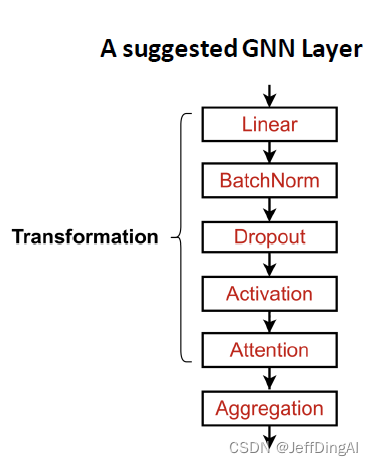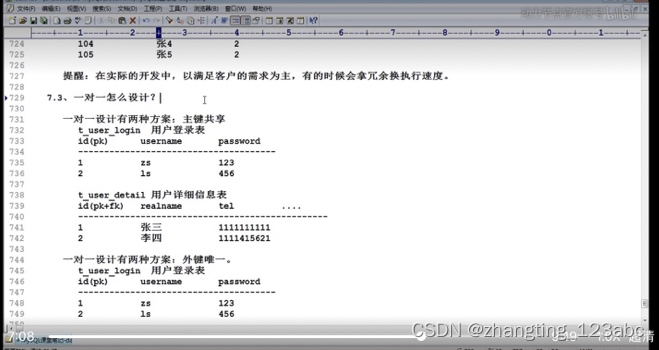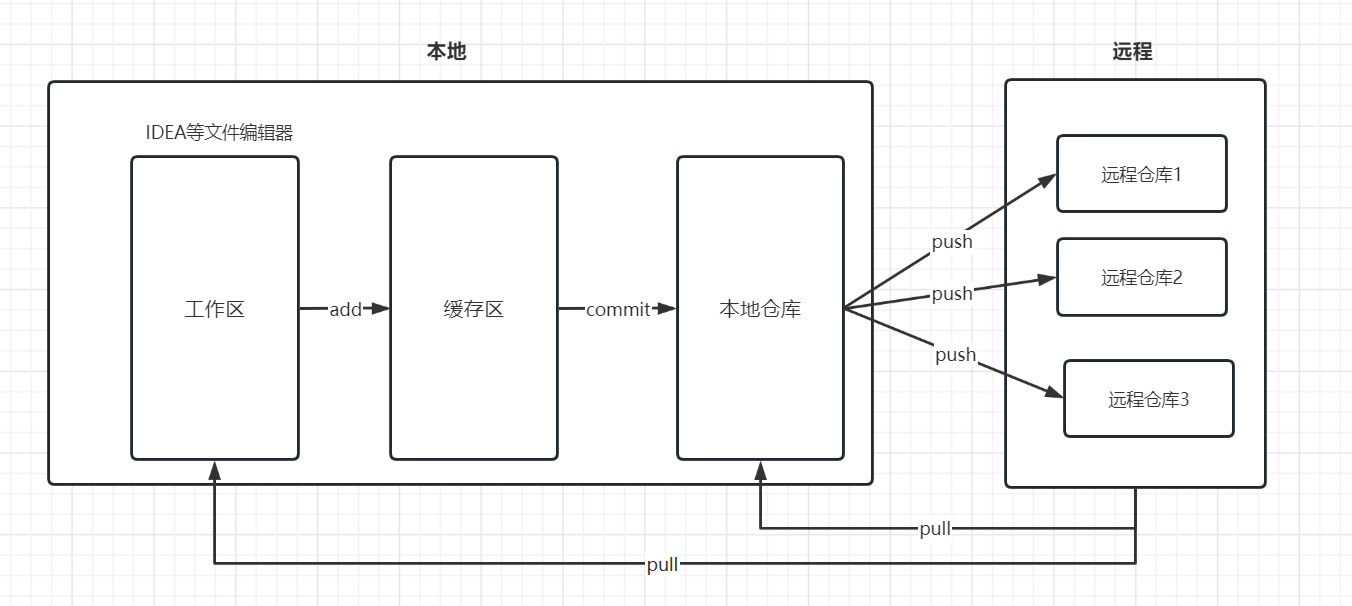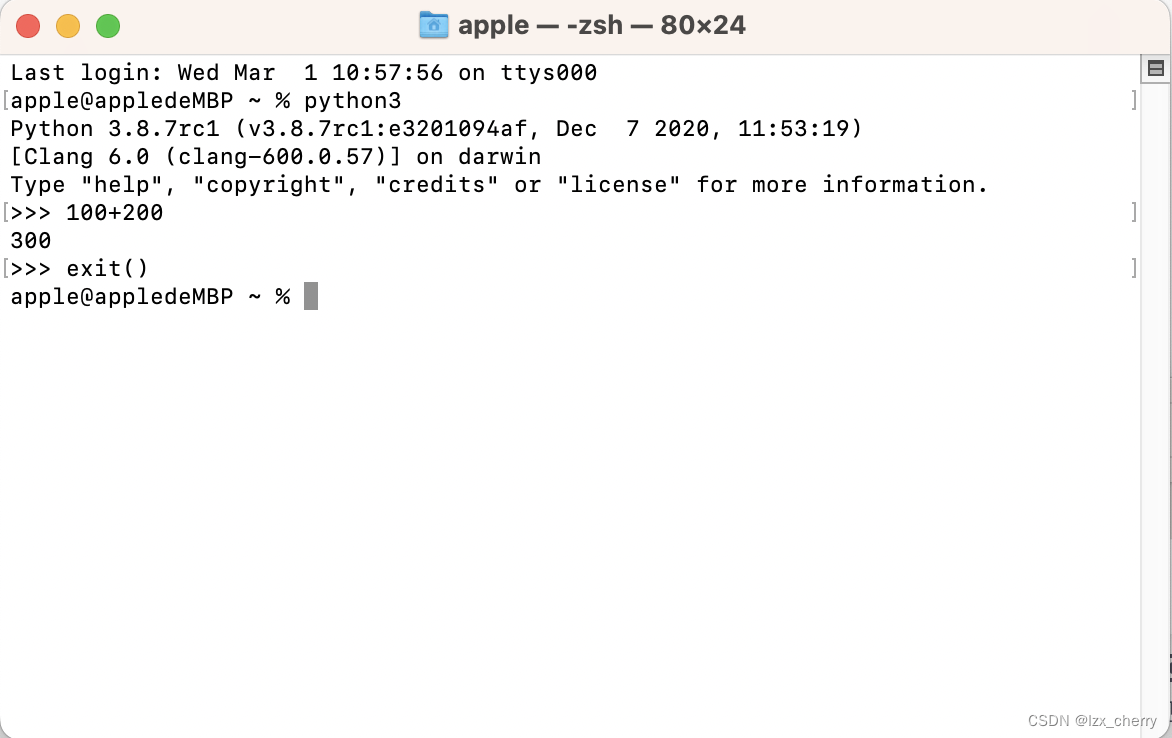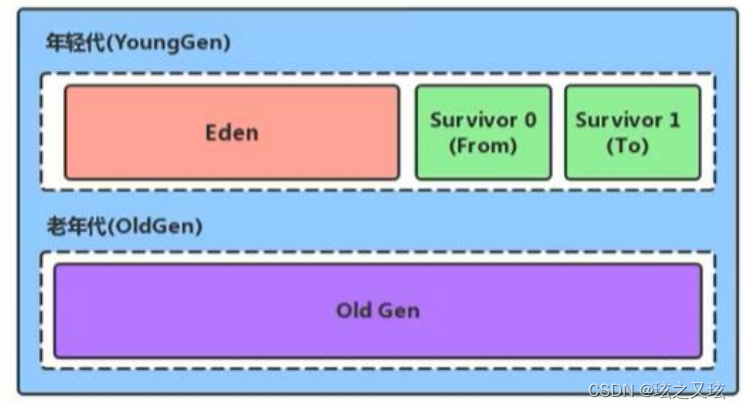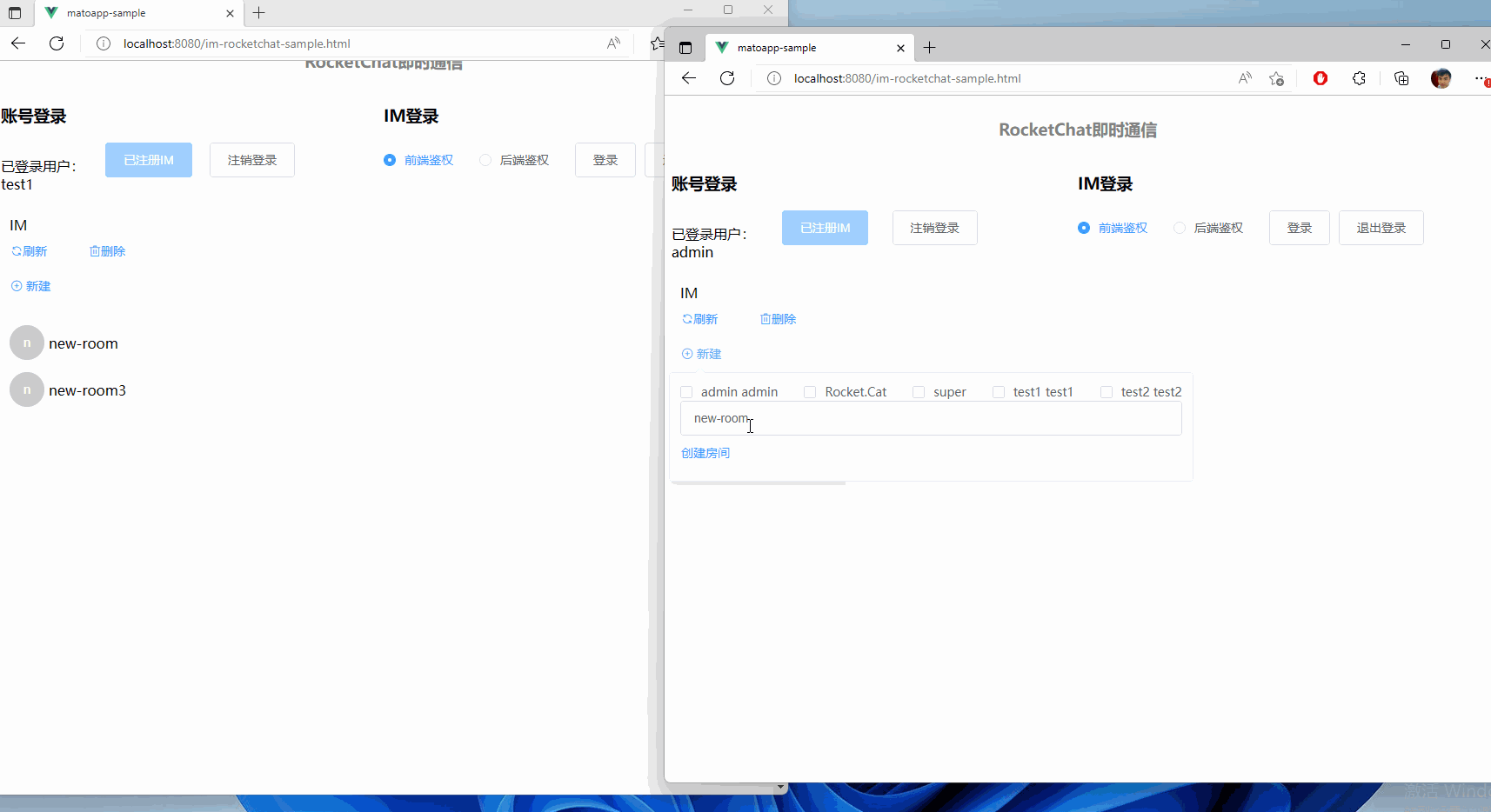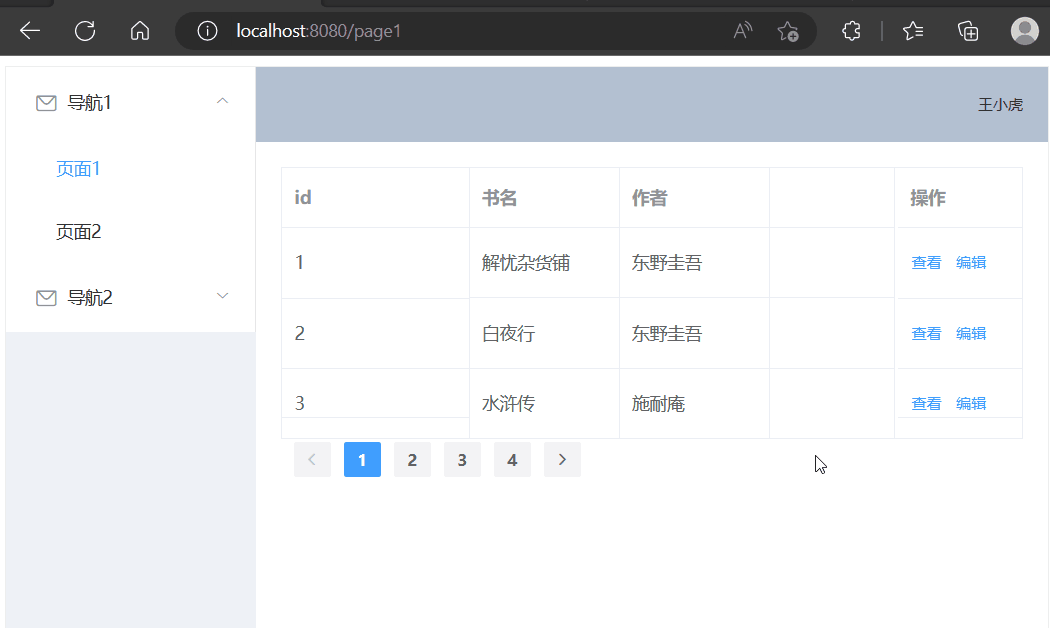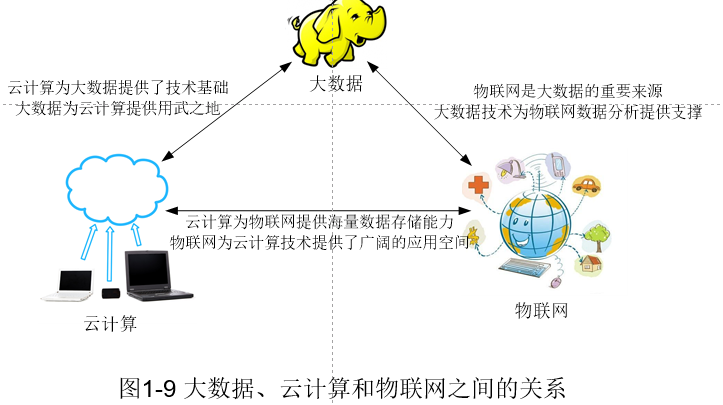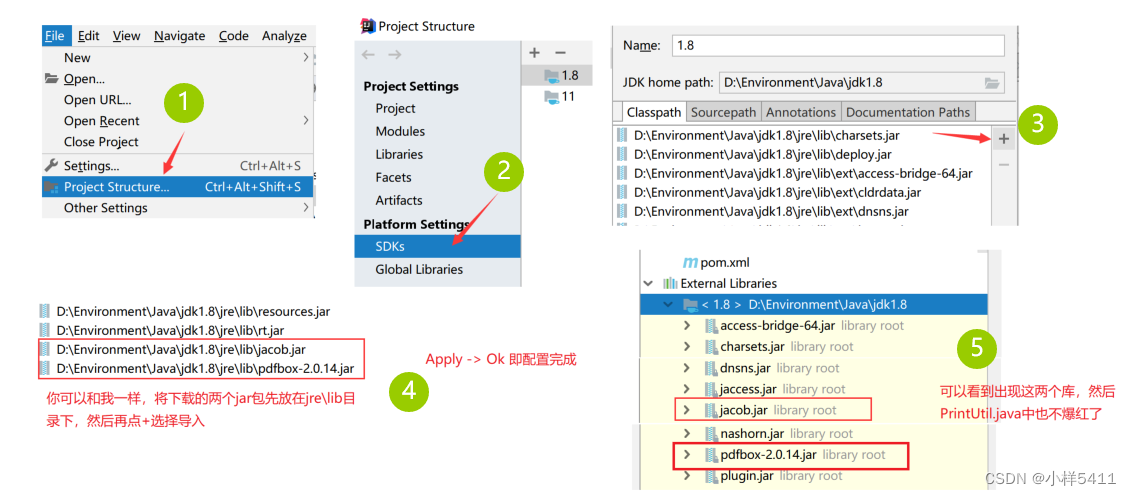
这里写目录标题
- 顺序表的优缺点:
- 注意事项
- test.c(动态顺序表)
- SeqList.h
- SeqList.c
- 各接口函数功能详解
- void SLInit(SL* ps);//定义
- void SLDestory(SL* ps);
- void SLPrint(SL* ps);
- void SLPushBack(SL* ps ,SLDataType * x );
- void SLPopBack(SL* ps);
- void SLPushFront(SL* ps,SLDataType * x );
- void SLPopFront(SL* ps);
- void SLCheckCapacity(SL* ps);
- void SLInsert(SL* ps, int pos, SLDataType x);//pos位置插入
- void SLErase(SL* ps, int pos);//pos位置删除
- int SLFind(SL* ps, SLDataType x);
顺序表的优缺点:
优点:存储密度高,可以随机存取结点。
缺点:1.长度为定值,中途无法扩充
2.插入删除需要移动结点,效率低
注意事项
1.N个数头删和尾删的时间复杂度是O(N)
N个数头插和尾插的时间复杂度是O(N^2)
//当数组只有一个元素时,移动1次,有两个元素时,移动两次,有三个元素时移动三次… 所以成等差数列经大O表达式为(N^2)
2.柔性数组与顺序表的关系
柔性数组是与结构体变量占一个空间
而顺序表是结构体额外开辟的空间
3.不能用realloc进行缩容
//缩容之后,可能缩容的部分会被使用,在进行扩容的话,不能回到原样
4.free()
//不能在动态数组中间进行释放,必须开辟多大空间,就一次释放完
顺序表

柔性数组
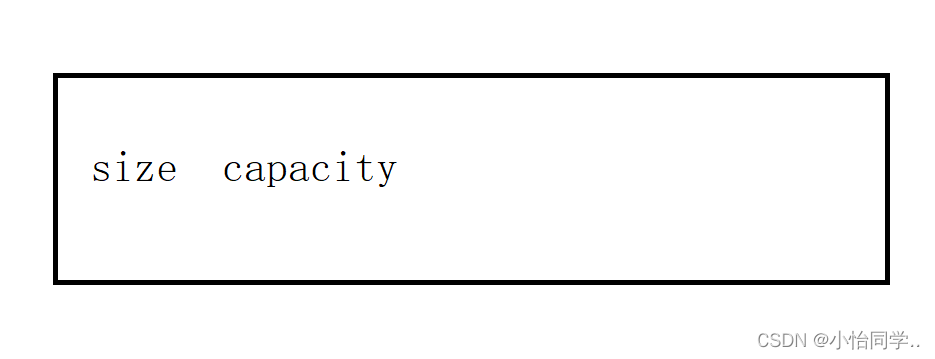
test.c(动态顺序表)
int main()
{
SL s;
SLInit(&s);
int option = 0;
while (option != -1)
{
menu();
scanf("%d", &option);
if (option == 1)
{
printf("请依次输入要尾插的数据");
int x = 0;
while (x != -1)
{
scanf("%d", &x);
SLPushBack(&s, x);
}
}
else if (option == 7)
{
SLPrint(&s);
}
}
return 0;
}
SeqList.h
#define _CRT_SECURE_NO_WARNINGS
#include <stdio.h>
#include <assert.h>
#include <stdlib.h>
#define INT_CAPACITY 4
typedef int SLDataType;
typedef struct SepList
{
SLDataType* a;
int size;
int capacity;
}SL;
void SLInit(SL* ps);
void SLDestory(SL* ps);
void SLPrint(SL* ps);
void SLPushBack(SL* ps ,SLDataType * x );//尾插
void SLPopBack(SL* ps);//尾删
void SLPushFront(SL* ps,SLDataType * x );//头插
void SLPopFront(SL* ps);//头删
void SLCheckCapacity(SL* ps);//扩容
void SLInsert(SL* ps, int pos, SLDataType x);//pos位置插入
void SLErase(SL* ps, int pos);//pos位置删除
int SLFind(SL* ps, SLDataType x);
SeqList.c
#include "SeqList.h"
void SLCheckCapacity(SL* ps)
{
assert(ps);
if (ps->size == ps->capacity)
{ //realloc 可能会原地扩容 也可能异地扩容
SLDataType* tmp = (SLDataType*)realloc(ps->a, sizeof(SLDataType) * (ps->capacity* 2));
if (tmp == NULL)
{
perror("realloc fail");
return;
}
ps->a = tmp;
ps->capacity *= 2;
}
}
void SLInit(SL* ps)
{
assert(ps);
ps->a = (SLDataType*)malloc(sizeof(SLDataType)* INT_CAPACITY);
if (ps->a == NULL)
{
perror("malloc fail");
return;
}
ps->size = 0;
ps->capacity = INT_CAPACITY;
}
void SLDestory(SL* ps)
{
assert(ps);
free(ps->a);
ps->a = NULL;
ps->size = 0;
ps->capacity = 0;
}
void SLPushBack(SL* ps, SLDataType x)
{
assert(ps);
SLCheckCapacity(ps);
//扩容
ps->a[ps->size++] = x;
//SLInsert(ps,ps->size, x)尾插
}
void SLPopBack(SL* ps)
{
assert(ps);
assert(ps->size > 0);
/*if (ps->size == 0)
{
return;
}*/
ps->size--;
//尾删SLErase(ps, ps->size-1);
}
void SLPushFront(SL* ps ,SLDataType x)
{
assert(ps);
SLCheckCapacity(ps);
int end = ps->size - 1;
while (end >= 0)
{
ps->a[end + 1] = ps->a[end];
end--;
}
ps->a[0] = x;
ps->size++;
}
void SLPopFront(SL* ps)
{
assert(ps);
assert(ps->size > 0);
int begin = 1;
while (begin < ps->size)
{
ps->a[begin - 1] = ps->a[begin];
begin++;
}
ps->size--;
}
void SLPrint(SL* ps)
{
assert(ps);
for (int i = 0; i < ps->size; i++)
{
printf("%d ", ps->a[i]);
}
}
void SLInsert(SL* ps, int pos, SLDataType x)
{
assert(ps);
assert(pos >= 0 && pos <= ps->size);//可以等于size,相当于尾插
SLCheckCapacity(ps);
int end = ps->size-1;
while (end >= pos)
{
ps->a[end + 1] = ps->a[end];
end--;
}
ps->a[pos] = x;
ps->size++;
}
void SLErase(SL* ps, int pos)
{
assert(ps);
assert(pos >= 0 && pos < ps->size);
int begin = pos + 1;
while (begin < ps->size)
{
ps->a[begin-1] = ps->a[begin];
begin++;
}
ps->size--;
}
int SLFind(SL* ps, SLDataType x)
{
assert(ps);
for (int i = 0; i < ps->size; i++)
{
if (ps->a[i] == x)
return i;
}
return -1;
}
各接口函数功能详解
void SLInit(SL* ps);//定义
assert(ps);//进行assert判断ps这个结构体指针是否存在
ps->a = (SLDataType*)malloc(sizeof(SLDataType)* INT_CAPACITY);//使用malloc函数进行扩容,必须用free()释放
if (ps->a == NULL)
{
perror("malloc fail");
return;
}
ps->size = 0;初始化
ps->capacity = INT_CAPACITY;
void SLDestory(SL* ps);
{
assert(ps);
free(ps->a);
ps->a = NULL;
ps->size = 0;
ps->capacity = 0;
}
void SLPrint(SL* ps);
assert(ps);
for (int i = 0; i < ps->size; i++)
{
printf("%d ", ps->a[i]);
}
void SLPushBack(SL* ps ,SLDataType * x );
{
assert(ps);
SLCheckCapacity(ps);//判断是否扩容
//扩容
ps->a[ps->size++] = x;
//SLInsert(ps,ps->size, x)尾插
}
void SLPopBack(SL* ps);
assert(ps);
assert(ps->size > 0);因为尾删判断数组是否有元素存在,如果没有元素则不可以尾删
/*if (ps->size == 0)
{
return;
}*/
ps->size--;
//尾删SLErase(ps, ps->size-1);
void SLPushFront(SL* ps,SLDataType * x );
{
assert(ps);
SLCheckCapacity(ps);//是否扩容
int end = ps->size - 1;
while (end >= 0)
{
ps->a[end + 1] = ps->a[end];
end--;
}
ps->a[0] = x;
ps->size++;
}
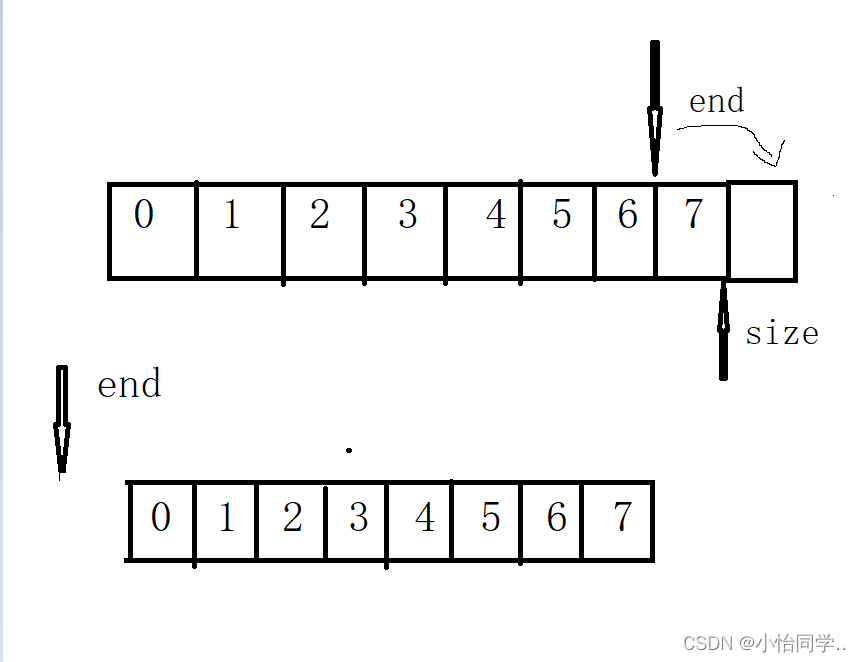
void SLPopFront(SL* ps);
{
assert(ps);
assert(ps->size > 0);
int begin = 1;
while (begin < ps->size)
{
ps->a[begin - 1] = ps->a[begin];
begin++;
}
ps->size--;
}
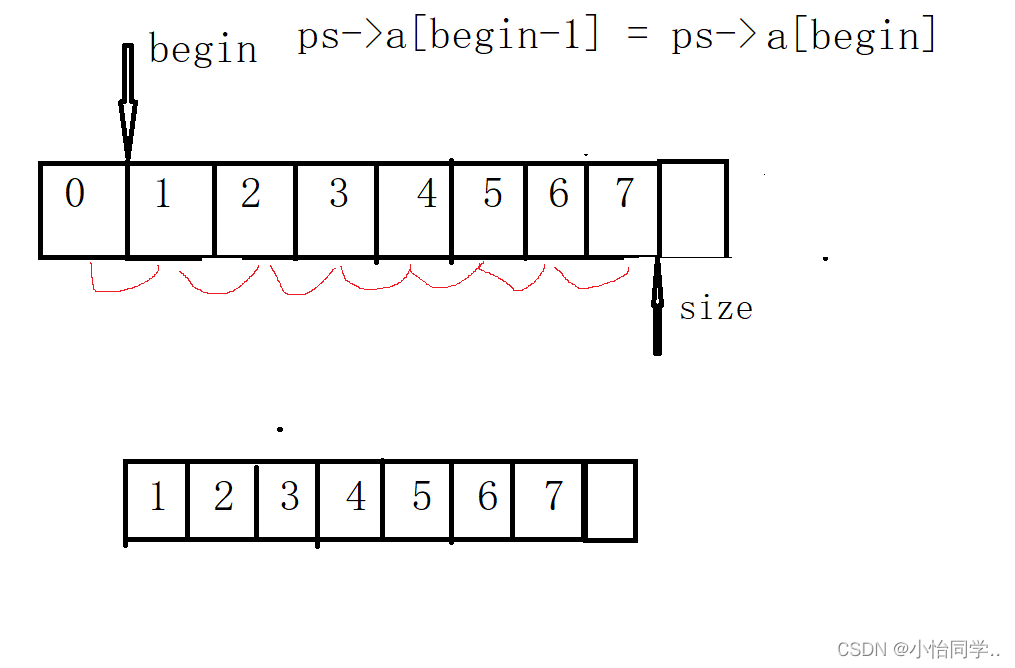
void SLCheckCapacity(SL* ps);
void SLCheckCapacity(SL* ps)
{
assert(ps);
if (ps->size == ps->capacity)
{ //realloc所以扩容成功后,可能会原地扩容 也可能异地扩容,所以用ps->a = tmp来重新接收
SLDataType* tmp = (SLDataType*)realloc(ps->a, sizeof(SLDataType) * (ps->capacity* 2));
if (tmp == NULL)
{
perror("realloc fail");
return;
}
ps->a = tmp;
ps->capacity *= 2;
}
}
void SLInsert(SL* ps, int pos, SLDataType x);//pos位置插入
//可用于头插和尾插
assert(ps);
assert(pos >= 0 && pos <= ps->size);//可以等于size,相当于尾插
SLCheckCapacity(ps);
int end = ps->size-1;
while (end >= pos)
{
ps->a[end + 1] = ps->a[end];
end--;
}
ps->a[pos] = x;
ps->size++;
void SLErase(SL* ps, int pos);//pos位置删除
//可用于头删和尾删
assert(ps);
assert(pos >= 0 && pos < ps->size);
int begin = pos + 1;
while (begin < ps->size)
{
ps->a[begin-1] = ps->a[begin];
begin++;
}
ps->size--;
int SLFind(SL* ps, SLDataType x);
assert(ps);
for (int i = 0; i < ps->size; i++)
{
if (ps->a[i] == x)
return i;
}
return -1;

![[busybox] busybox生成一个最精简rootfs(下)](https://img-blog.csdnimg.cn/5332d8e0aa0a4c6995299ee449494438.png)




